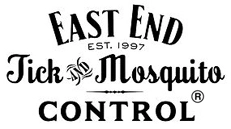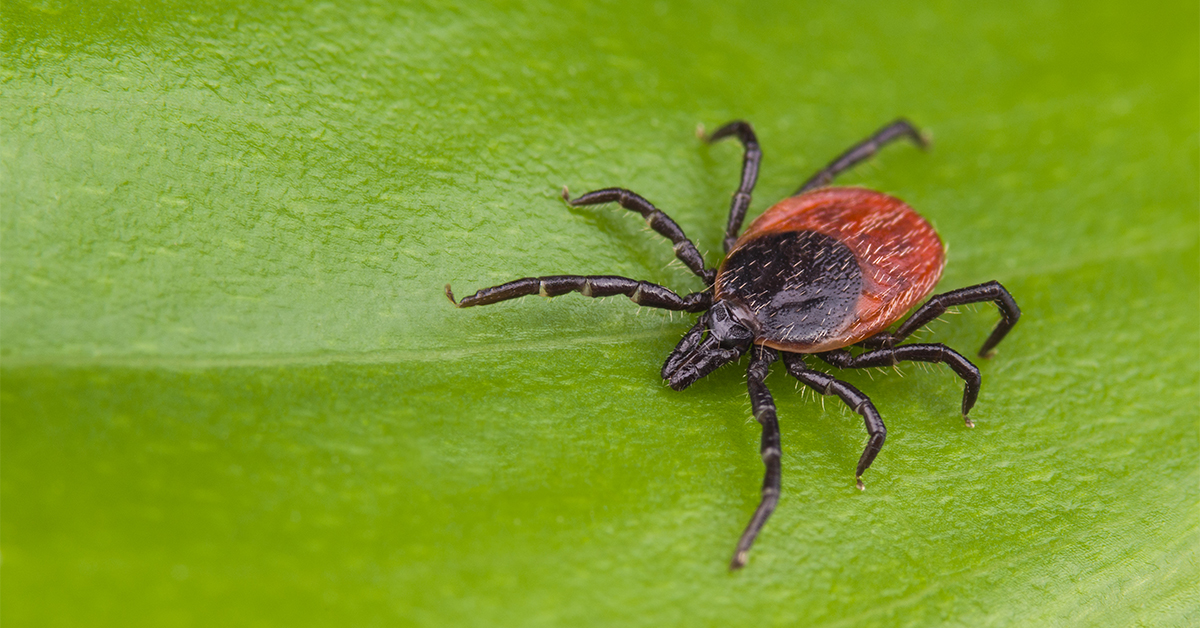While you are taking steps to protect yourself, your family, and your pets from ticks, the Centers for Disease Control (CDC) and other state and local agencies are gathering data to help inform and protect the public. Those agencies ensure facts are accurate to drive public policy decisions regarding these disease-transmitting pests.
What Is Tick Surveillance?
Tick surveillance is the scientific collection of ticks and tick-related environmental samples. Its goal is to identify all tick species in a specific area and test for tick-borne pathogens. Entomologists document, collect, and study the ticks and samples, and then they report the data to health agencies for analysis.
How Is Tick Surveillance Used?
Tick surveillance data monitors the presence and number of ticks in a specific area and follows how this information changes over time. It also documents infection levels in disease-carrying tick species.
Public health agencies use this information to make strategic decisions about tick control programs and resource allocation. Additionally, the data is used to communicate to the public the likelihood of encounters with pathogen-carrying ticks in the area of interest.
Tick surveillance programs do not monitor or report https://www.health.ny.gov/diseases/communicable/lyme/tick-borne disease in human or veterinary patients; that data is gathered separately through state and local health departments. Personal identifiers are then removed, and information is shared with the CDC through the National Notifiable Diseases Surveillance System (NNDSS).
Why Is Tick Surveillance Important?
It is critical to know where ticks are active to properly assess the risk of tick-borne diseases in humans and animals. Some illnesses, including Lyme disease, anaplasmosis, ehrlichiosis, babesiosis, and Rocky Mountain spotted fever, can be debilitating or fatal to humans.
How Accurate Is Tick Surveillance?
Like any scientific enterprise, the information resulting from tick surveillance experiences a lag between data collection and publication, and promulgation. Tick populations are constantly shifting and changing, so it is wise for residents of areas where ticks may be present to be vigilant.
Call East End Tick & Mosquito Control® for Peace of Mind Protection
Call East End Tick & Mosquito Control® if you see ticks or suspect their presence on your property or home, call East End Tick & Mosquito Control®. We are Eastern Suffolk County’s most-experienced tick control company, providing the Twin Forks and East End with the most effective pest control treatments since 1997. Protect your family from disease-carrying ticks year-round by requesting a free estimate now or by calling our Southampton office at (631) 287-9700, our East Hampton office at (631) 324-9700, or our Southold office at (631) 765-9700.


